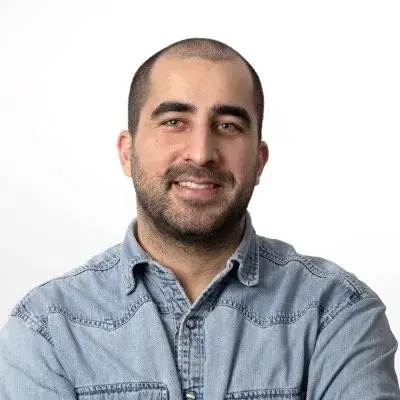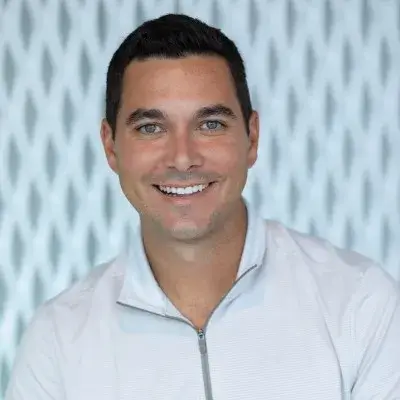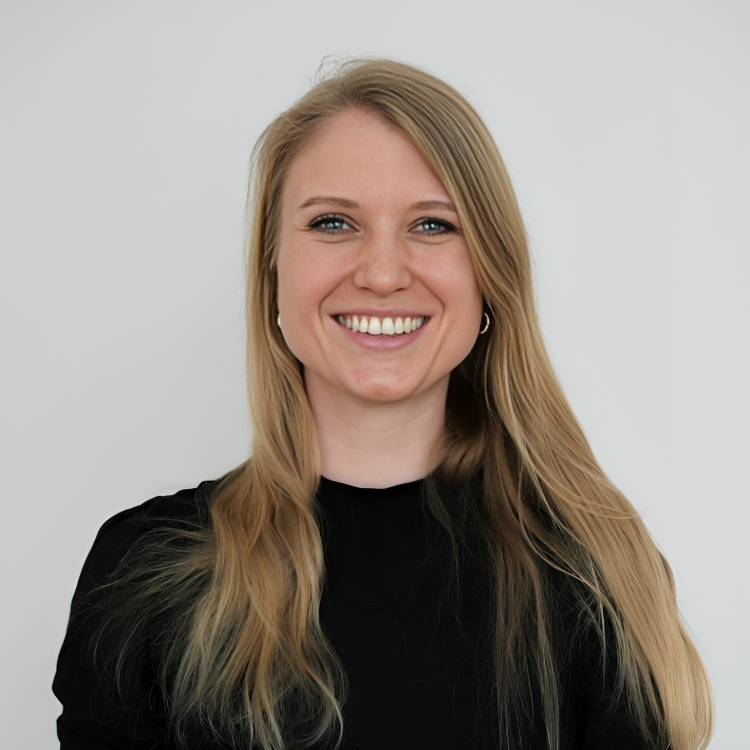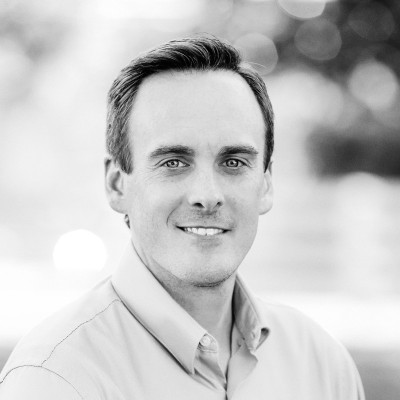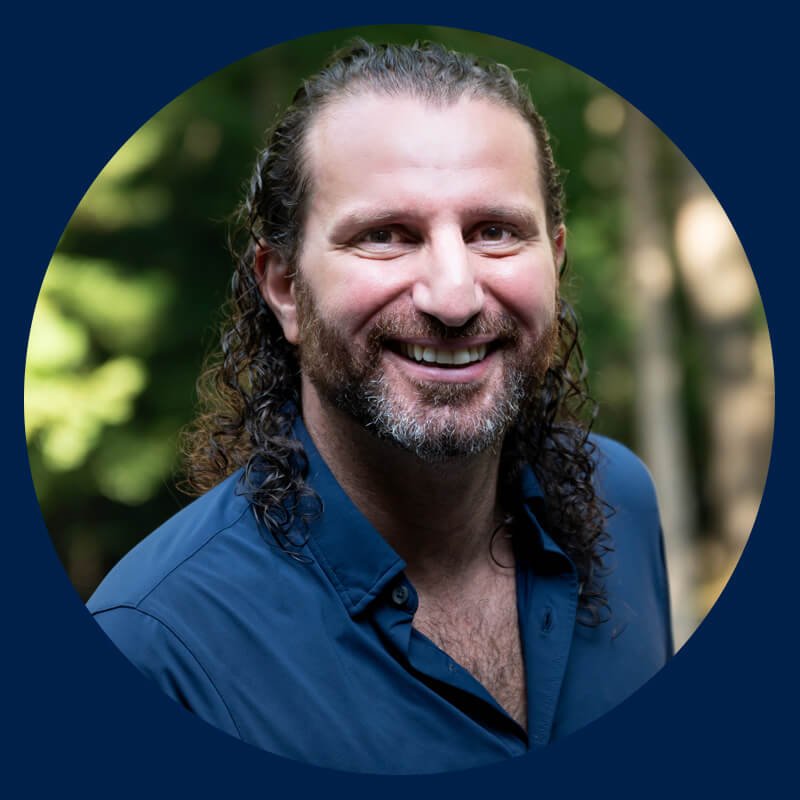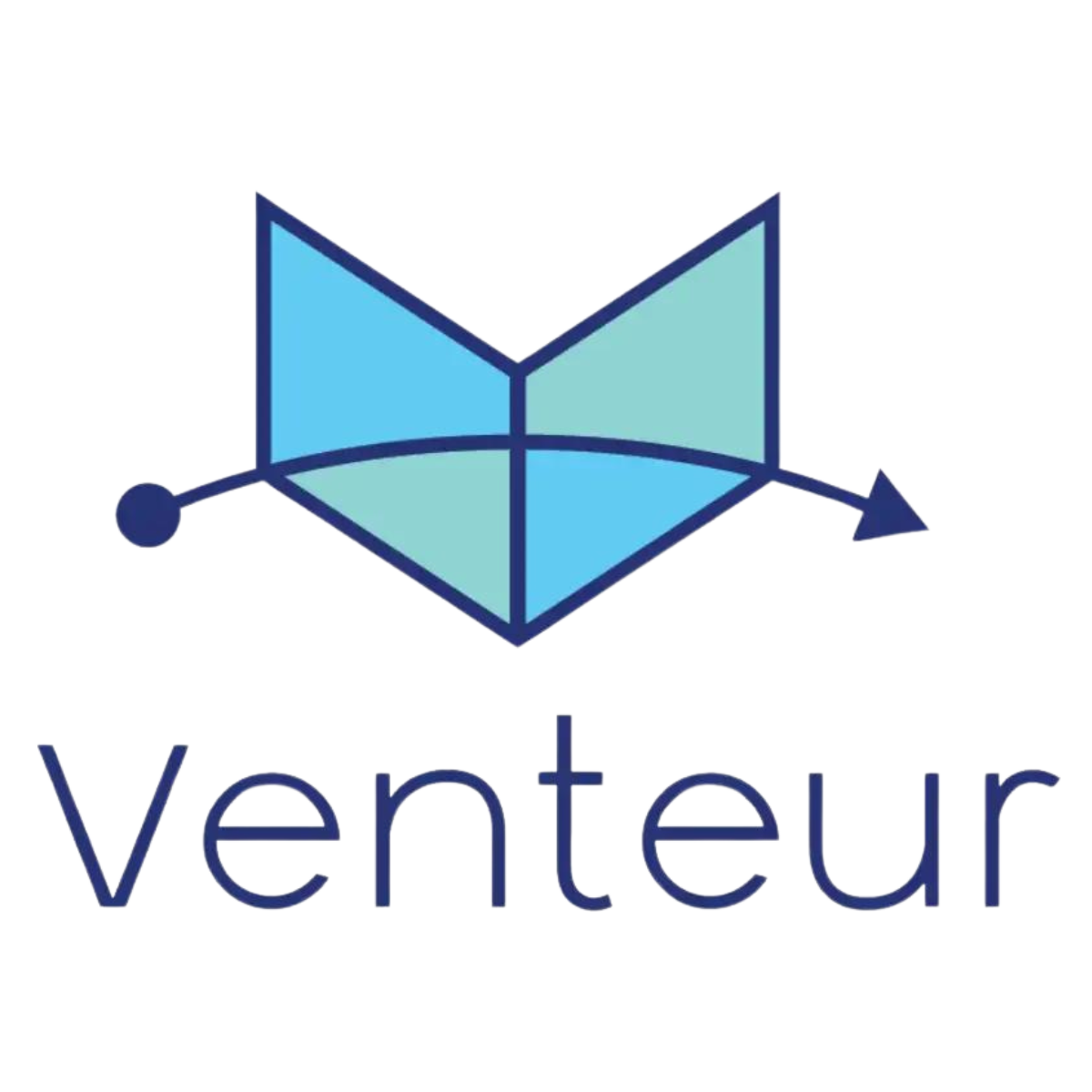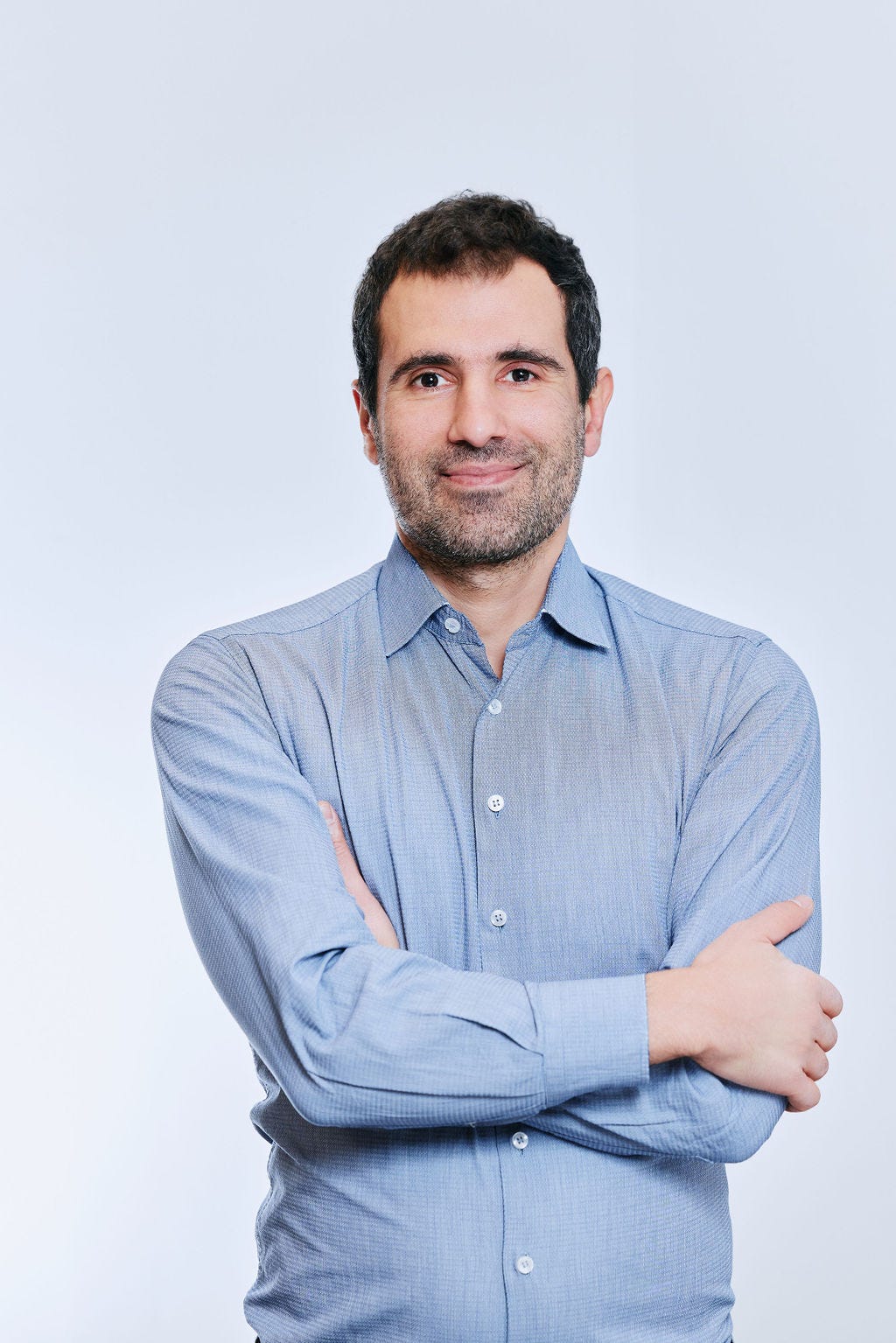Ready to build your own Founder-Led Growth engine? Book a Strategy Call
Frontlines.io | Where B2B Founders Talk GTM.
Strategic Communications Advisory For Visionary Founders
Actionable
Takeaways
Supply depth before demand scale prevents unit economics collapse:
Ian's experience across three labor marketplaces reinforced one principle: excess supply is recoverable, excess demand is catastrophic. With too much demand and insufficient supply, you're "spending a bunch of money to acquire these demand users, but you're not able to fulfill the supply side. So now they're churning out at a high clip, they're going somewhere else. And now it drives up your CAC across the marketplace and reduces your lifetime value." In two-sided marketplaces, founders must resist investor pressure to show demand-side revenue before supply reliability is proven—the temporary revenue bump destroys long-term unit economics.
ICP clarity requires live market data, not pre-launch assumptions:
Toothio launched targeting private practices (shorter sales cycles, lower barriers, faster learning) before discovering DSOs were the actual ICP through usage cohorts showing materially higher volume and retention. Ian was explicit: "Once we got into it, we realized...the true ICP is going to be our group practices." The tactical framework: establish presence across plausible segments, instrument everything, collect 1-2 quarters of behavioral data, then redirect resources to wherever retention and expansion metrics are strongest. This data-driven ICP discovery prevents premature optimization around the wrong customer profile.
Hire senior enterprise operators when you have validation plus clear TAM:
Toothio broke conventional early-stage wisdom by hiring a Chief Commercial Officer and SVP Sales—roles typically considered "top-heavy"—because Ian had validated product-market fit and identified a concentrated enterprise opportunity (hundreds of DSOs). The result: "Next thing you know, we're in front of five or six of the top eight or ten DSOs in the country." The decision framework: if you have (1) proven unit economics, (2) clear product-market fit signals, and (3) an enterprise TAM with established relationship networks, senior hires with category Rolodexs can compress multi-year enterprise sales cycles into quarters. Without all three conditions, follow conventional wisdom and stay lean.
Outsider economic analysis creates differentiated value propositions:
Ian's non-dental background enabled him to "look at the dental office P&L and the core drivers of production with a completely neutral lens and realize that there was a lot of waste." He quantified what insiders hadn't: recruiting costs up 100%+ in five years, dental turnover among the highest of any U.S. industry, and the compounding cost of cancelled patient days (immediate production loss + 20% patient churn × $10-15K lifetime values). This economic framing repositioned Toothio from "staffing vendor" to strategic finance partner. The pattern: outsiders should weaponize their fresh perspective by conducting rigorous economic impact analysis that category incumbents haven't done, then speak to buyers in CFO language rather than operational features.
Industry association involvement is enterprise distribution, not brand marketing:
Ian credited local and national dental association sponsorships as "the catalyst to get us on the radar of some of the bigger orgs early" because associations created credibility signals plus network effects at scale. In relationship-driven B2B categories with strong professional associations (dental, legal, accounting, healthcare), sponsorship generates repeated exposure to concentrated decision-maker populations and warm introduction paths that cold outbound can't replicate. Founders should map the association landscape in year one, treat it as a primary distribution channel with measurable pipeline contribution, and staff it with team members who can build genuine relationships—not just write checks.
Conversation
Highlights
How Toothio Built Marketplace Economics by Breaking Conventional Startup Rules
Ian Prendergast had built labor marketplaces before. At Qwick, he launched 15 hospitality staffing markets. At Steady Install, he scaled light industrial contractor placement to five cities in 2020. When a dentist mentioned a staffing crisis during a 2021 golf round, Ian saw pattern recognition, not opportunity.
Then he researched the numbers.
97% of dentists reported staffing as their primary volume constraint. 95% cited extreme recruiting difficulty. Meanwhile, 75% of hygienists prioritized schedule flexibility above everything else—practice type, patient demographics, clinical work didn’t matter.
The structural mismatch was severe. Dental services were growing at 10.5% annually while 40% of the workforce had departed in 2020. In a recent episode of Category Visionaries, Ian, now Co-Founder and CEO of Toothio, shared how marketplace fundamentals from other verticals translated into dental—and where conventional startup wisdom proved catastrophically wrong.
Why Supply-First Prevents Unit Economics Collapse
Most marketplace founders chase paying customers first. Revenue signals traction. Investors want to see demand validation. The pressure to show top-line growth is intense.
Ian inverted the sequence entirely.
“We started recruiting,” he explains. “We would be advertising on various job boards. We would get involved in local and regional groups like hygiene groups, assisting groups, office management clubs.” Months of supply-side development preceded the first practice customer.
The logic emerged from painful experience across three marketplaces: “If you have a ton of demand, not enough supply, well, all of a sudden you’re spending a bunch of money to acquire these demand users, but you’re not able to fulfill the supply side. So now they’re churning out at a high clip, they’re going somewhere else. And now it drives up your CAC across the marketplace and reduces your lifetime value.”
Excess supply is recoverable—you can throttle recruitment spending and let utilization catch up. Excess demand destroys the business model. You’re burning capital to acquire customers who immediately churn because you can’t deliver the core promise. CAC spikes while LTV collapses.
The principle extends beyond marketplaces. In any business where reliability drives retention, proving you can deliver consistently matters more than proving someone will pay. Quality and reliability were Toothio’s only defensible product, and both required supply depth before demand scale.
How Usage Data Reveals Your Actual ICP
Toothio launched targeting private dental practices. The thesis made sense: shorter sales cycles, lower risk, faster iteration cycles. Classic bottoms-up validation.
After collecting behavioral data across segments, a different picture emerged. “We realized, okay, there certainly is a need on the private practice side of this market,” Ian says. “But the true ICP is going to be our group practices.”
DSOs—dental service organizations ranging from small groups to enterprise roll-ups like MB2 and Heartland—showed fundamentally different usage patterns. Higher booking volume. Stickier retention. More strategic about how they deployed flexible staffing to manage seasonality and turnover.
The tactical framework Ian used: establish presence across plausible segments, instrument everything, collect 1-2 quarters of cohort data, then redirect resources toward wherever retention and expansion metrics are strongest.
Private practices weren’t a mistake—they served a specific purpose. Lower barriers to entry meant faster market education. Shorter sales cycles meant rapid feedback on product-market fit. They were the right customers for validation, just not the right customers for scale.
This sequencing matters. Premature enterprise focus without product validation burns time in long sales cycles before you know if the product works. But staying in SMB too long after data shows enterprise fit caps growth potential.
When Senior Hires Compress Enterprise Cycles
With DSO validation established, Ian made a decision that typically triggers investor pushback: he hired a Chief Commercial Officer and Senior VP of Sales.
“Historically, early stage is not exactly a great thing,” he acknowledges. “Investors try to shine you away from that. Like, hey, we don’t want a top heavy org. You want a bunch of ICs. You want to be doing a lot of still founder led sales.”
The result validated the bet. “All of a sudden we brought in a couple big wigs in the dental space. They started making introductions. Next thing you know, we’re in front of five or six of the top eight or ten DSOs in the country.”
The decision framework was specific: validated product-market fit, clear unit economics, and a concentrated enterprise TAM where relationship networks created asymmetric advantages. Without all three conditions, conventional wisdom holds—stay lean, keep founder-led sales, hire ICs.
But when those conditions exist, senior operators with category Rolodexs can compress multi-year relationship-building into quarters. The top 10 DSOs weren’t discoverable through cold outbound. They required warm introductions from operators who had sold into them before and understood their procurement processes.
How Outsider Analysis Creates Differentiated Positioning
Not being from dental created an obvious credibility problem. Ian solved it systematically: “I knew I was smart enough to know that I didn’t know. So the pieces that we needed to put around us were people that were SMEs, people that understood the space even down to people that ran our orientations.”
Toothio hired hygienists to conduct orientation sessions. They brought in advisors who had sold into DSOs. They embedded dental professionals across operations to build category expertise.
But the outsider lens also unlocked something insiders had completely missed.
“I was able to come in and look at the dental office P&L and the core drivers of production with a completely neutral lens and realize that there was a lot of waste,” Ian explains. He conducted the economic analysis the industry hadn’t done: recruiting costs had increased over 100% in five years. Dental turnover ranked among the highest of any U.S. industry—higher than retail, approaching hospitality levels.
Then he quantified the compounding cost of unstaffed days. Each unstaffed hygienist day cost $1,560 in lost production. But the second-order effect was worse: “You’re going to lose two out of those 10 patients that you’re going to see that day. They’re going to go somewhere else with their lifetime values are $10 to $15,000.”
The math: $1,560 immediate production loss + (20% patient churn × $12,500 average LTV) = $4,060 total cost per unstaffed day. Multiply across seasonality, sick days, and turnover cycles, and the annual impact for a single hygienist position approached $50,000+.
“We were able to work backwards and create this very tangible ROI,” Ian says. “That then allowed us to come back to our customers and establish ourselves as subject matter experts and speak their language.”
This economic framing repositioned Toothio from staffing vendor to strategic finance partner speaking CFO language. It’s the kind of analysis that requires distance from industry orthodoxy—insiders were too close to the problem to see the full P&L impact.
Why Associations Function as Enterprise Distribution
In relationship-driven B2B categories, finding concentrated access to decision-makers without burning budget on low-conversion outbound is challenging. Ian found it through industry associations.
“Getting involved in local and national associations was a big deal from a credibility factor for us,” he explains. “Once we sponsored a few events and we sponsored a few association events and we got our name out there, I think that was kind of the catalyst to get us on the radar of some of the bigger orgs early.”
Associations work because they create repeated exposure in trusted contexts. When DSO executives see Toothio sponsoring the regional dental conference, speaking on workforce panels, and actively participating in industry conversations, it generates credibility that cold emails can’t replicate.
The network effects compound. Association involvement led to conversations with other vendors who made introductions to shared customers. It positioned Toothio as category participants, not just vendors selling into the category.
For B2B founders in industries with strong professional associations—legal, accounting, healthcare, financial services—this represents primary distribution infrastructure. The playbook: map the association landscape early, treat sponsorship as pipeline investment with measurable contribution, and staff it with team members building genuine relationships.
Building Moats Over Distribution Channels
Ian sees the labor marketplace as foundation, not destination. “I think labor marketplace in general is fantastic, especially right now because you’re building a distribution channel and you’re building usually a hyper engaged distribution channel that is not going to be automated out with AI.”
The next phase: layering SaaS over the distribution channel to increase switching costs. “It’s about layering software over the top. What kind of additional value? Looking at the RCM, revenue cycle management, looking at other softwares that are being used in the practice and then how can we consolidate that into one clean, easy to use platform and add business value and ultimately build our moat.”
The pattern is familiar—Toast with restaurant POS, Shopify with e-commerce infrastructure, Procore with construction management. Build distribution through a high-frequency transaction product, then expand into adjacent software that benefits from the data and relationships the core business generates.
Toothio’s national expansion is already underway, using AI agents to eliminate the geographic constraints that traditionally limit labor marketplaces. For an industry where 97% of practices cite staffing as their primary growth limiter, the TAM remains structural and massive.
The bigger lesson isn’t about dental staffing. It’s about when to break conventional startup wisdom. Supply before demand prevented unit economics collapse. Data-driven ICP discovery avoided premature optimization. Senior enterprise hires compressed sales cycles when conditions warranted. Outsider economic analysis created differentiated positioning.
Sometimes the best move is ignoring the playbook entirely.

















